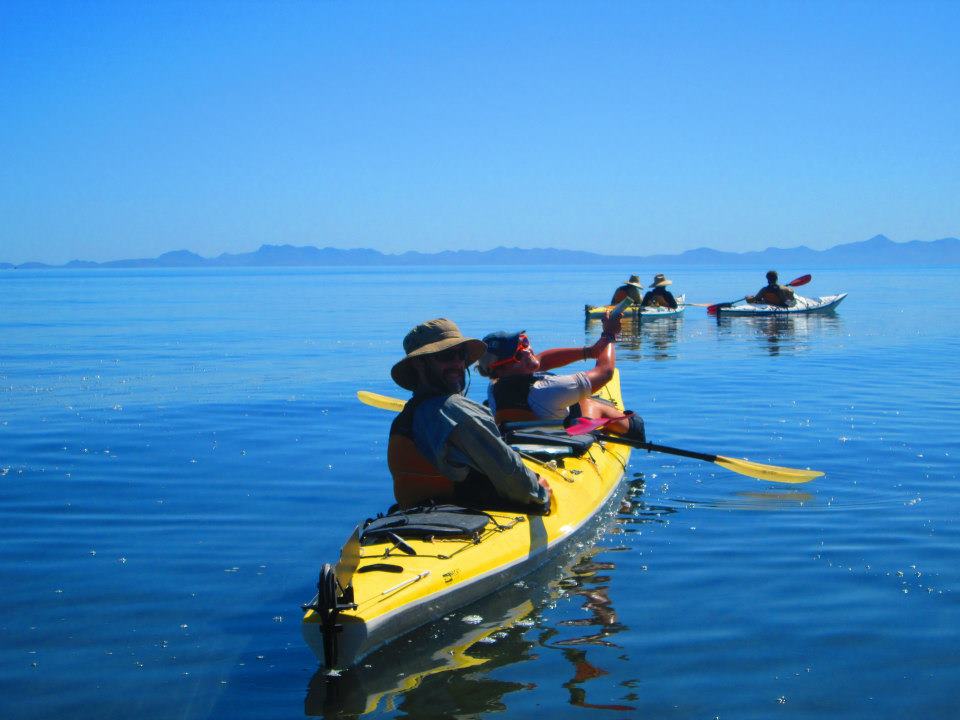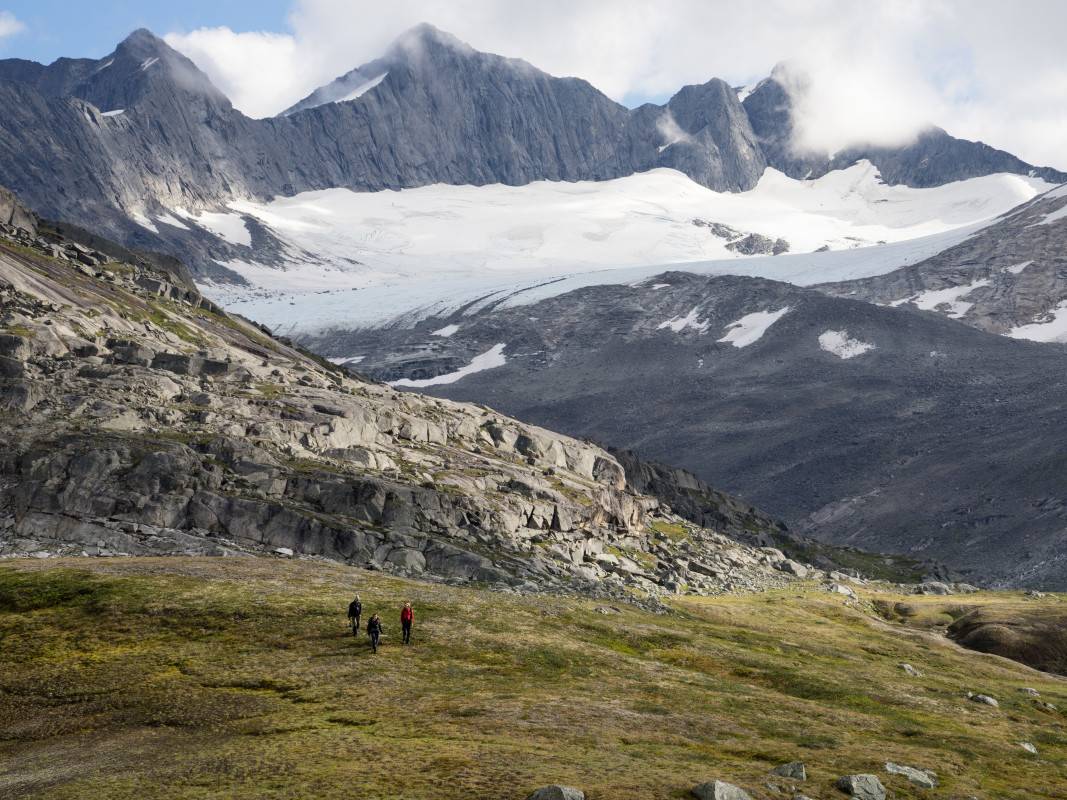
NOLS Instructor Oscar Manguy shares the way he carefully builds a framework for sense of place on expeditions. Read on to gain ideas for creating connections to the landscape on your next trip, whether it’s on your own or one that you’re leading for others.
In this article, I'm going to walk through some steps that I use on NOLS courses to develop a sense of place.
For me, sense of place is that container where I put the structure of the course; it connects with everything else we talk about, including climate change, equity and inclusion, leadership, and risk management.
It’s important to have a very personal connection with these unique places where we travel on NOLS expeditions, because we don’t know if we’re going to come back to them. The pandemic has made that feel even more real.
I grew up in northern Baja California in Mexico, which is the land of the Cucapá People, or the River People, who belong to the Yuman family. When I was young, I was interested in learning more from them and became very close to them, and this is where I draw a lot of my perspective on sense of place.
Foundations: Nature Awareness & Emotional Connection
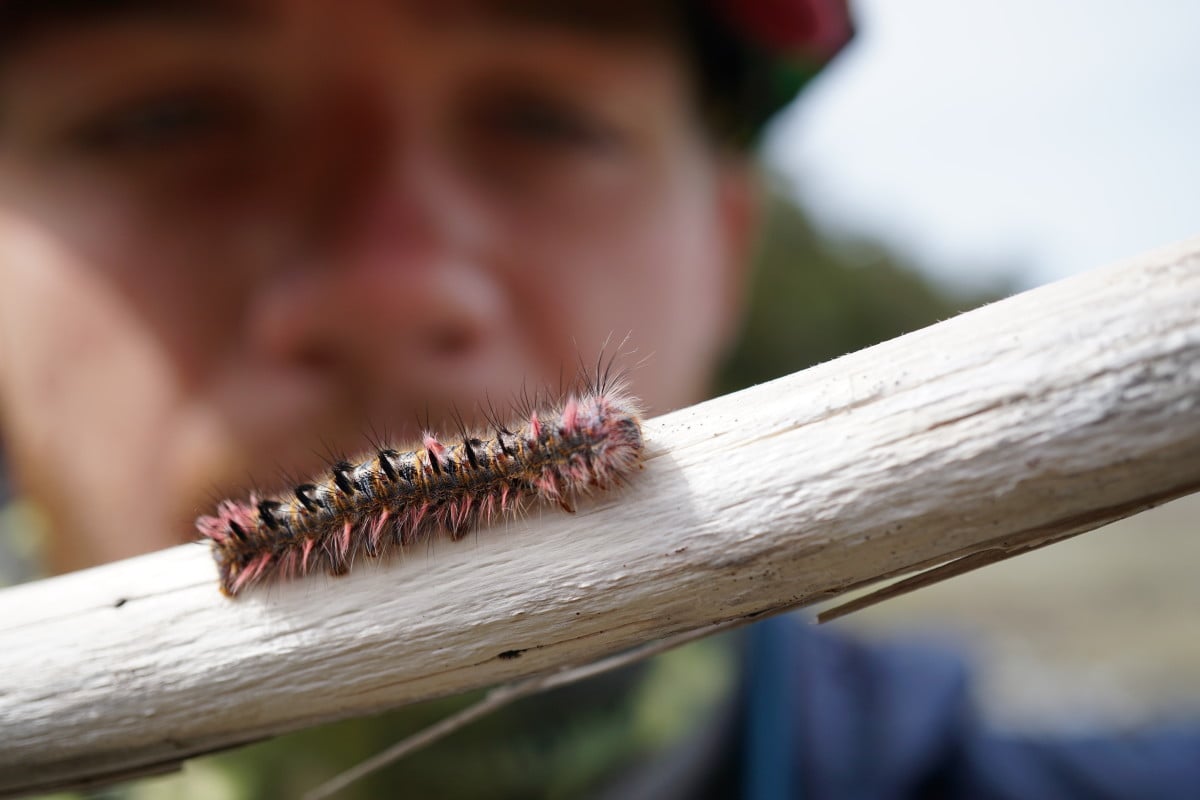
The foundation of all of this is making sure that my group is healthy, that my students feel safe within each other, and that my students have time to be in nature.
There are two things I start with:
- Nature awareness
- Creating an emotional connection
With nature awareness, people see, observe, feel, smell—actually feel what it’s like to be in that wild space. One place to start building this is at an outstanding campsite. I try to take a moment every day, even if it’s only five minutes, to stop everything, appreciate, and see things. To notice that these are moments never to be repeated again. Once students feel free and safe in the environment, then they can express themselves and start exploring.
With the emotional connection, I think of ways that our physical connection branches into the emotional connection. I drive people to start connecting with the beings that inhabit the landscape. What are the insects, plants, rocks?
3 Aspects of Building Sense of Place

For sense of place, the three areas I focus on are: the outside, the inside, and the whole. You can do these step by step or in combination, but by the end of whatever time you have, I try to integrate them all together to create the most powerful experience.
1. Outside
The outside is everything that you perceive outside of you. Think about the mountains, fjords, lakes, sunsets, sunrises, whatever—everything that is out there. Focus on observing and feeling it. You can think of this with the skin as a metaphor—everything from the outside up to the skin fits in this group.
2. Inside
The inside is going inside you as a person. You can think of this as everything inside the skin. Think about moments when you actually take what is on the outside and start processing that into how it feels.
For example, sometimes when you are on the beach, you put your hand in the sand and start feeling the grains. Or you look up to the sky and see all the clouds passing and there’s something that is happening inside of you. Things are transforming inside of you; you’re developing a connection with nature.
3. Whole
The whole is when you can establish a connection; people feel like they have the opportunity or the key to go to the natural world safely and start experiencing both themselves and nature on their own.
You can think of this as taking away that barrier of the skin. Without that barrier, people live completely in the moment. They do activities because they want to feel that connection, and you’ve created the environment where they feel free and safe to do that.
Ways to Build the Connection to the Outside
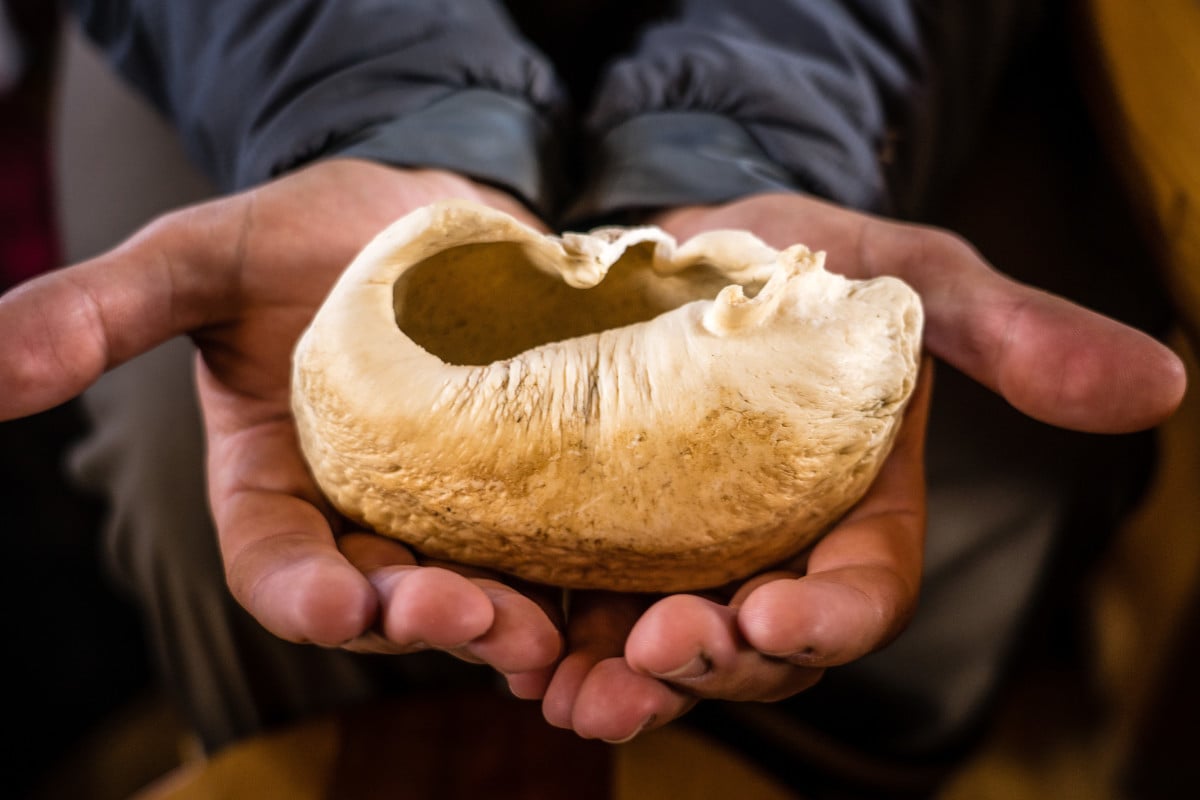
Connect to the Senses
With the outside, I do activities that connect to the senses, like nature interpretation. I try to provide structure by telling people what they’re going to see, how they should see it, and what they should get out of it
In this picture, for example, Bennett is holding a whale ear drum—I wonder how many of you have had the opportunity to hold a whale eardrum in your hands? This memory is going to stay with him forever and that’s the story that he’s going to tell when he goes home.
Observe the Natural World
Something else I like to do is a morning weather check. We wake up early in the morning and I guide participants in reading the conditions. We see state of the clouds, the color of the clouds, everything. That way everybody starts reading the environment and we make this tradition part of the culture of the trip.
It’s moments like these that promote the sense of place from the outside to you—through interacting with nature and involving the senses.
Not everyone has an immediate reaction to this. I’ve observed that some people are happy to be in a beautiful place, but it remains only a backdrop. Their thoughts go back to the thoughts that they might have anywhere. If that happens, then I need to give them more tools to explore the outside.
I might guide students, while they’re drawing or journaling and looking at something beautiful, that if they start having a thought about this movie or a random thing that happened in the past, or what you’re going to do in the future, just stop right there and go back to the landscape in front of you.
Ways to Build the Connection to the Inside
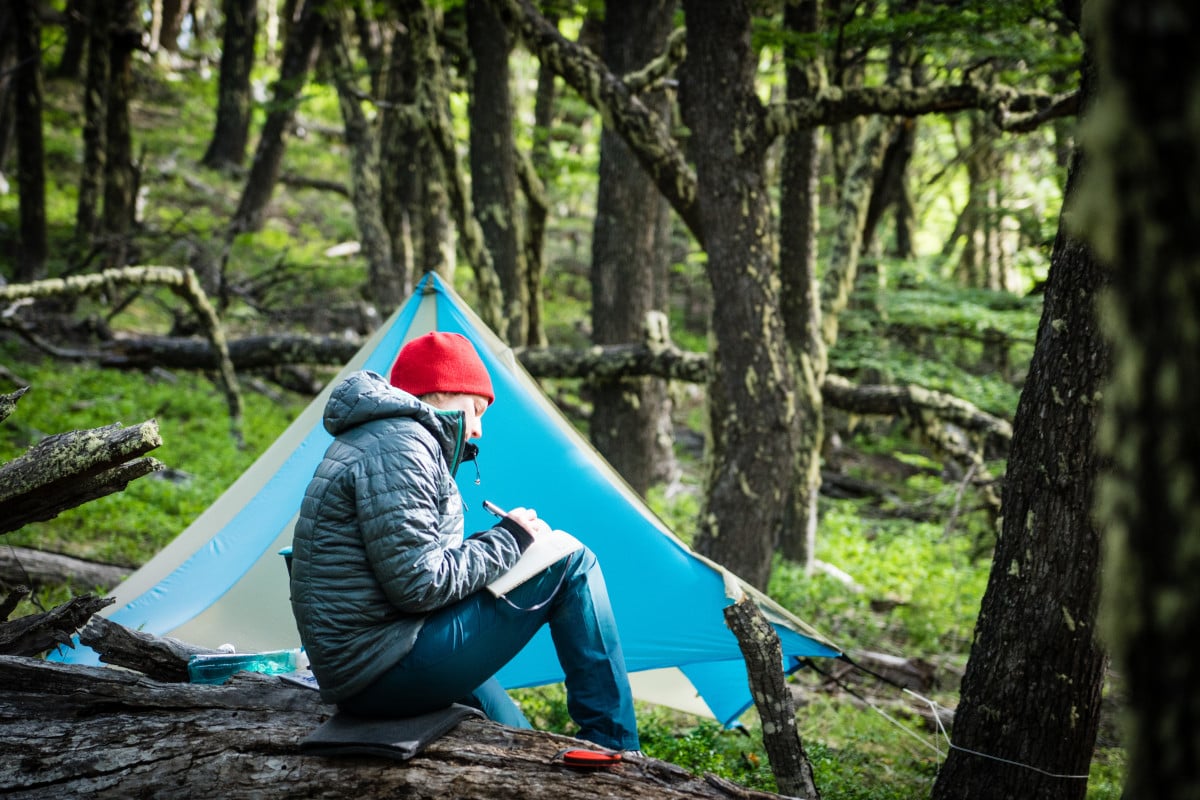
Now you're going to do activities that connect the person to nature: first is the nature to you, and now it’s going to be from you to the outside. Here’s when you need to involve a little bit of reflection, journaling, and solo time for people to start observing and processing.
Once you start showing people how to see, then people want to start recording on their own. They actually initiate solo moments by themselves without any of the instructors driving it
Ways to Build the Connection to the Whole
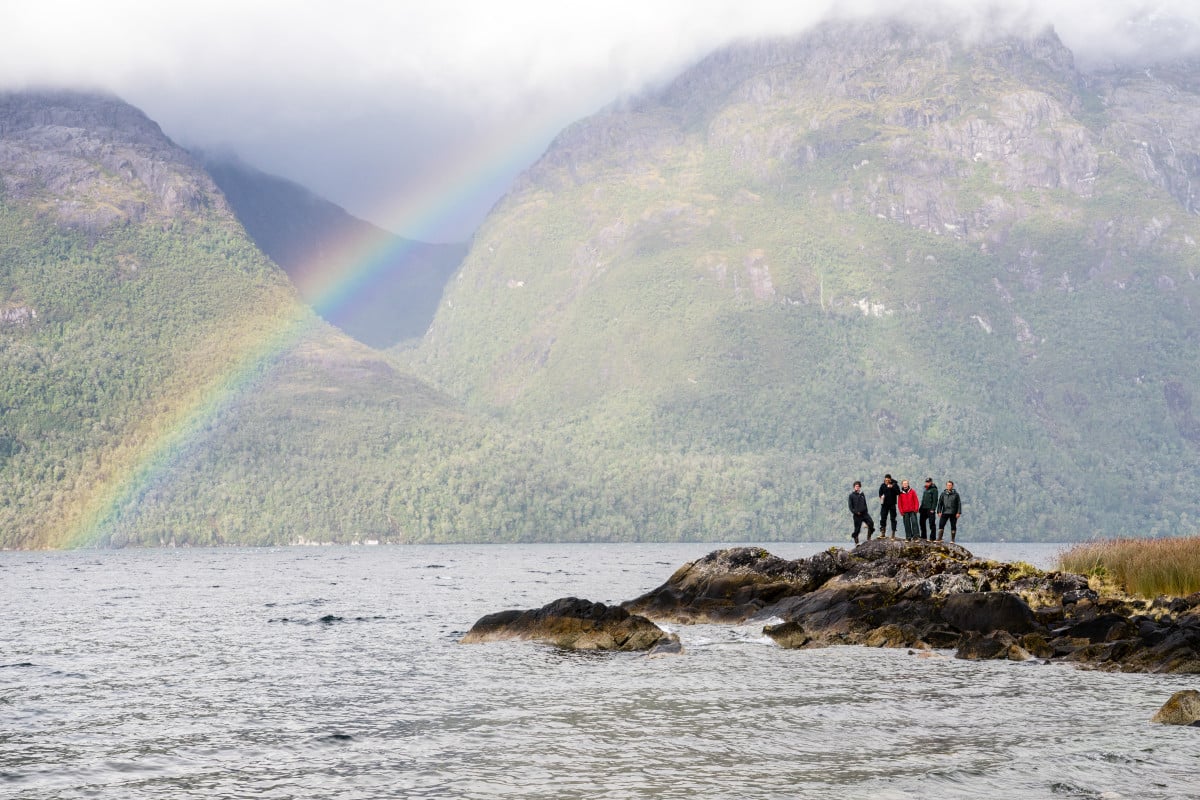
Many outdoor educators may already believe that nature can transform someone’s life, and that leadership plus nature plus remote locations create outstanding people.
Next it’s our task to help bring this connection to participants. You can do a full integration of activities involving the outside and the inside, but it’s important to make sure that it doesn’t feel forced. A forest walk is a great method for this, organized or solo. People just go there to be present.
Structured Journaling
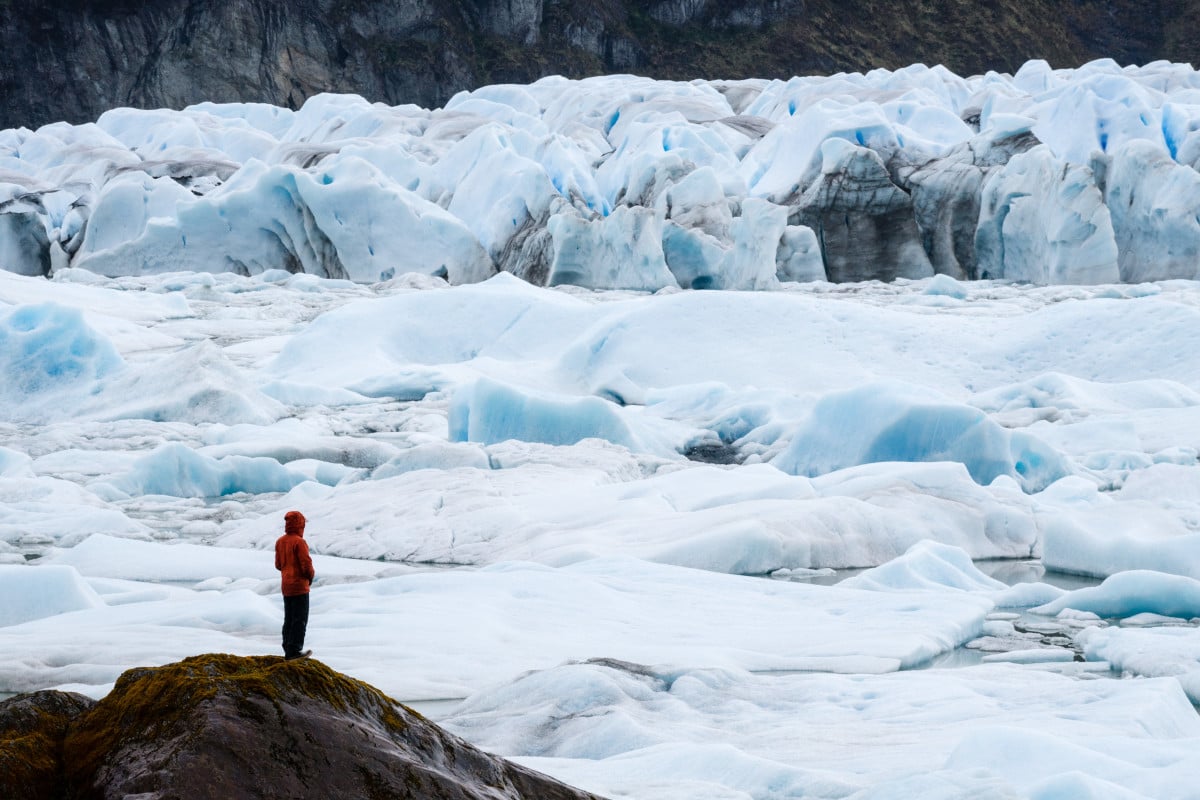
Something else to try is to give students tasks to journal in the tent at the end of the day. Maybe, write down or draw five things—something that you felt, something that you saw related to nature—more like cues, rather than specific prompts. That way people start talking about nature in their tents, or how special an experience was that day. The next morning, I’ll ask them about what they wrote.
I always tell folks to put the date. Because this journal right now may not be relevant, but in 15 years this journal is going to be your life. Even if people don’t like to write or draw at all, I ask them to just write the name of the place, the latitude, longitude, and date. By the end of the trip, they’ll have 2 or 21 or 75 different locations. When they go home, they can put them plot them on a map and see where they have been.
Think about that—someone in your family, your nephew, your niece, your grandson—they see these locations plotted on a map and they can see their relative was there; maybe I can do that, too.
I always try to engage that power of storytelling to show people that what they’re doing is an investment for this moment, but also for all the people coming behind them.
Final Considerations
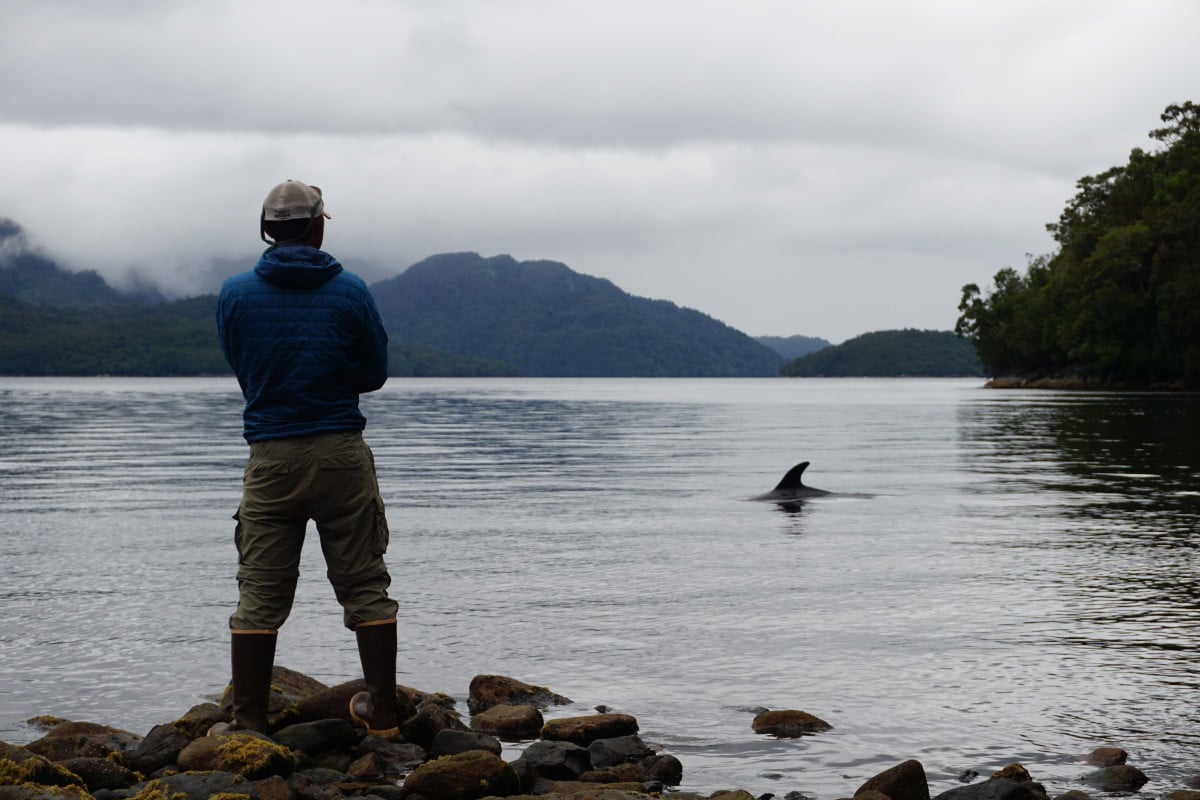
Last, here are a few things that are important when you’re creating sense of place.
Provide a Structure
When you’re doing a structure, you’re prioritizing sense of place as part of your goal for the whole group. From the outset, you say: we’re going work together, be on time, coordinate who is cooking, who is organizing, so that people have time to enjoy nature. I try to create this structure right away, within the first three days, or even right after our first time as a group.
I try to use the hook of nature to bring them into this expedition, but we need to have consistency on the structure with the students and with instructors. I may not know a student’s background or who they are yet, but together on the course we can be bring a better self into a community.
It’s when things are a little disorganized and everybody's rushing that there is less time to be present, because you’re always trying to catch up or somebody lost something or you need to wake people up.
Building that buy-in can be hard, so I always tell people if you’re doing something extraordinary, you need to behave extraordinary. It doesn't matter where you’re going. If you’re taking the energy to travel to a faraway place and experience it, then you need to behave extraordinary.
Build Rapport
Rapport is when you are truly present as an instructor. You can just show students how you feel the environment, how you practice leadership, how you promote diversity and inclusion, and if they see it that you do it, the students usually follow, too.
Have Land and Natural History Knowledge
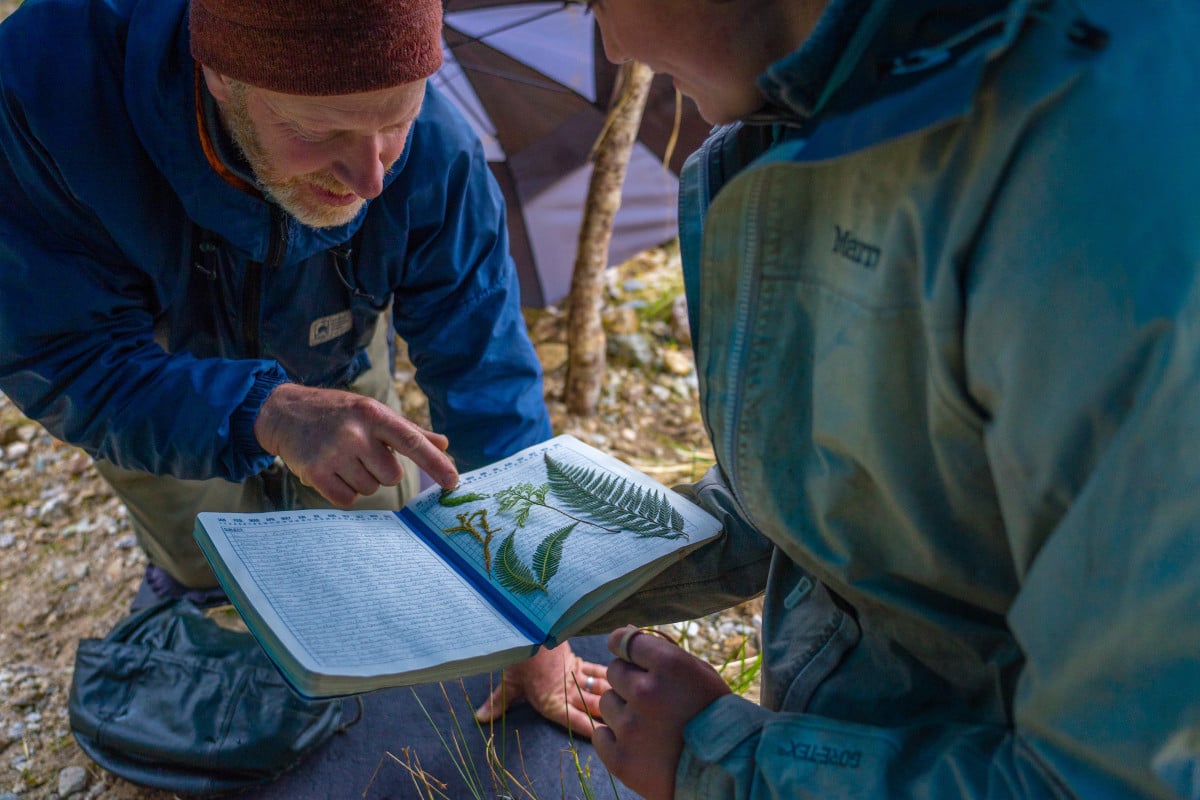
You don’t need to be an expert on everything, but you need to have curiosity. For example, in the photo above Dave Watson is super excited that I am collecting these ferns and she's trying to classify them and trying to see why the leaves are different. Watson is being empowered by the instructor to connect to nature.
Some people are more like scientists, some people like to meditate, and other people just want to be there. It’s just important that you as an instructor support your students in that process.
Have Some Kind of Ritual
You can turn just about anything into a ritual—you can have five minutes of silence, or three minutes of exploring nature before people put their backpacks on, or do the micro scouting. You might take turns leading among the instructors, then turn this over to students.
The important thing is that you are consistent with it. If you do something one time it’s just an activity, but if you do it several times, then it becomes a tradition or a ritual and people respect that.
Role Model Sense of Place
It’s very important for instructors to be the role model. You can talk, you can read books, you can you know so many things, climb mountains, kayak, anything, but students really appreciate when you take five minutes to observe and to be present.
Because they get curious, and then they want to do that too. Once you show them how to do it, they feel that you give them that tool or opportunity.
Learn more about courses for current or aspiring outdoor educators
Written By
Oscar Manguy
Oscar is from Baja California, Mexico. He did his student course in 2003, became a NOLS Instructor in 2004 and since then has worked year round in Alaska, New Zealand, Patagonia, and the USA. In 2007, he was named Instructor of the Year. Currently he is leading Sea Kayaking courses in Patagonia.



